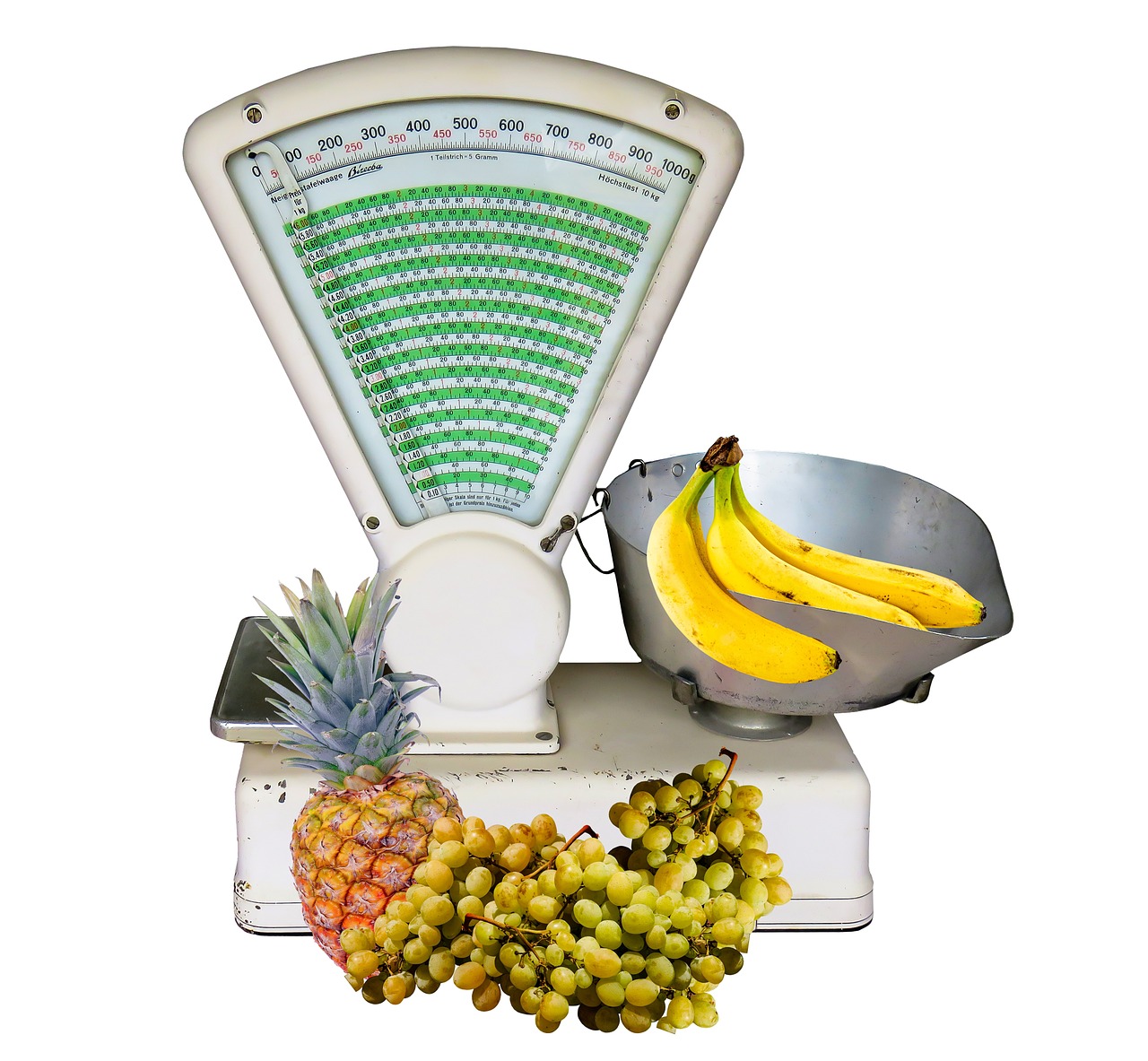The Evolution of Clocks in Public Spaces: Bet bhai, Cricket bet 99, Diamondexch9
bet bhai, cricket bet 99, diamondexch9: Throughout history, clocks have been an essential part of public spaces, serving as a means to keep track of time for individuals passing by. Over time, clocks in public spaces have evolved in both design and functionality. Let’s take a closer look at the evolution of clocks in public spaces.
Sun Dials to Mechanical Clocks
In ancient times, sundials were used to tell time based on the position of the sun’s shadow. These were the earliest forms of timekeeping devices in public spaces. As technology advanced, mechanical clocks were developed, allowing for more accurate timekeeping.
Tower Clocks
Tower clocks became popular in the Middle Ages and were often installed in church towers or town squares. These clocks were large and visible from a distance, serving as a central point for timekeeping in communities.
Incorporation of Bells
Many tower clocks were equipped with bells that would chime at certain intervals, alerting the community of the time. Bells became an integral part of public clocks, adding an auditory dimension to timekeeping.
Analog Clocks
With the Industrial Revolution came the mass production of clocks, leading to the proliferation of analog clocks in public spaces. These clocks had a traditional clock face with hour and minute hands, making it easy for people to read the time at a glance.
Digitization
In recent years, digital clocks have become more common in public spaces. These clocks display the time numerically, often in LED or LCD screens. Digital clocks are easier to read from a distance and can be programmed to show additional information such as temperature or date.
Synchronization with Atomic Clocks
Many modern public clocks are now synchronized with atomic clocks, which are the most accurate timekeeping devices in the world. This ensures that public clocks are always displaying the correct time, down to the second.
Integration with Smart Technology
In the age of smart technology, some public clocks have been integrated with Wi-Fi capabilities, allowing for automatic updates and connectivity to other devices. These smart clocks can also be programmed to display custom messages or advertisements.
FAQs
1. Why are public clocks important?
Public clocks serve as a convenient way for people to check the time while out and about. They also help to create a sense of community by providing a common reference point for timekeeping.
2. How are public clocks maintained?
Public clocks require regular maintenance to ensure accurate timekeeping. This may involve cleaning, lubricating moving parts, and replacing worn-out components.
3. Are public clocks still relevant in the digital age?
Despite the prevalence of smartphones and digital devices, public clocks continue to play an important role in urban environments. They serve as a visual and auditory reminder of the passage of time.
In conclusion, the evolution of clocks in public spaces reflects advances in technology and changing societal needs. From sundials to smart clocks, these timekeeping devices have adapted to meet the demands of modern life while still maintaining their traditional charm. Public clocks will undoubtedly continue to be a staple in our communities for years to come.







